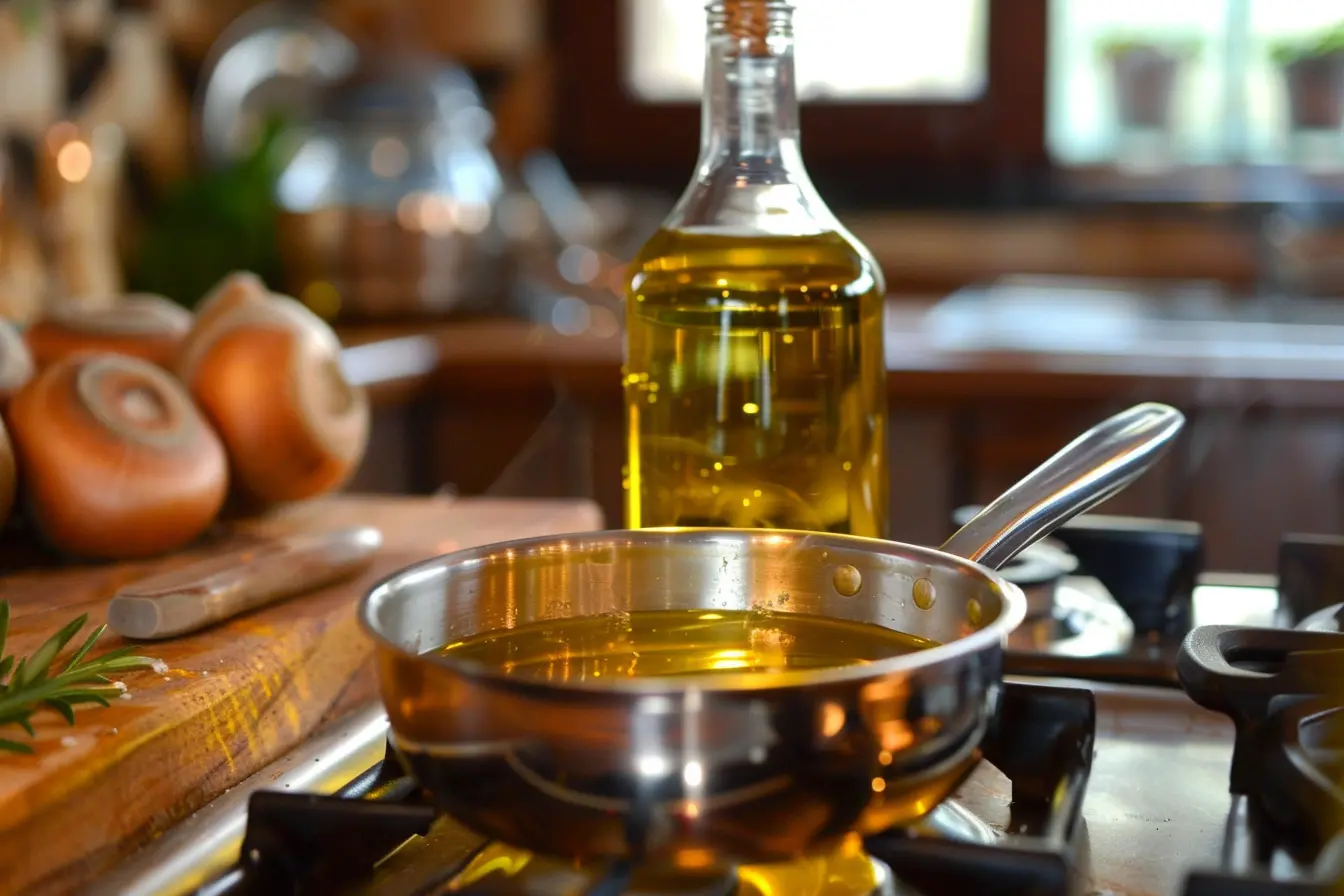
In daily cooking, choosing the right oil can be a real challenge. With a plethora of cooking oils available in the market, it's easy to feel overwhelmed. But don't worry! This guide will focus on two outstanding oils: tiger nut oil (also known as chufa oil) and olive oil. By the end of this article, you'll be well - equipped to make informed decisions about which oil to use for different cooking methods.
Tiger nut oil is extracted from tiger nuts, small tuberous roots that have been cultivated for centuries. The extraction process usually involves cold - pressing, which helps to preserve the natural nutrients and flavors of the tiger nuts. It contains about 70% unsaturated fatty acids, making it a healthy choice for cooking.
Olive oil, on the other hand, is made from olives, the fruit of the olive tree. There are different grades of olive oil, such as extra - virgin, virgin, and refined olive oil. Extra - virgin olive oil is obtained by cold - pressing olives without the use of heat or chemicals, retaining a high level of antioxidants and vitamins. It typically has around 73% monounsaturated fatty acids.

Frying requires an oil with a high smoke point. Tiger nut oil has a relatively high smoke point of around 230°C (446°F), which makes it suitable for deep - frying and pan - frying. When using tiger nut oil for frying, the food develops a crispy exterior while retaining its moisture inside. Olive oil, especially refined olive oil, can also be used for frying, with a smoke point of about 190 - 246°C (374 - 475°F) depending on the grade. However, extra - virgin olive oil is not ideal for high - heat frying as its low smoke point (around 160 - 190°C or 320 - 374°F) may cause it to break down and produce a bitter taste.
In baking, tiger nut oil can add a unique nutty flavor to baked goods. It also helps to keep the products moist and tender. Olive oil, particularly extra - virgin olive oil, imparts a rich, fruity flavor to cakes, bread, and muffins. Some users have reported that using olive oil in baking gives the products a healthier and more natural taste.
For salad dressing, extra - virgin olive oil is a classic choice. Its rich, complex flavor enhances the taste of fresh vegetables. It has a smooth and slightly peppery finish. Tiger nut oil, with its mild nutty flavor, offers a unique alternative. It can bring a new dimension to your salads, and its high vitamin E content provides additional health benefits.

During low - temperature cooking, such as sautéing and stir - frying at medium heat, both tiger nut oil and olive oil can be used. Tiger nut oil's neutral flavor allows the ingredients to shine, while olive oil adds a distinct Mediterranean touch to the dishes.
When making cold dishes like cold noodles or cold cuts, both oils work well. Tiger nut oil's light and refreshing flavor makes it a great addition, and olive oil's fruity aroma can elevate the overall taste of the dish.
| Cooking Method | Tiger Nut Oil | Olive Oil |
|---|---|---|
| Frying | High smoke point, crispy exterior, retains moisture | Refined suitable, extra - virgin not for high - heat |
| Baking | Nutty flavor, keeps moist | Fruity flavor, natural taste |
| Salad Dressing | Mild nutty flavor, high vitamin E | Rich, complex flavor |
| Low - Temperature Cooking | Neutral flavor | Mediterranean touch |
| Cold Dishes | Light and refreshing | Fruity aroma |
Based on the above comparison, here are some suggestions:

Tiger nut oil and olive oil each have their own unique characteristics and advantages. Tiger nut oil is more suitable for high - heat cooking due to its high smoke point and offers a nutty flavor. Olive oil, especially extra - virgin olive oil, is perfect for low - heat applications, salad dressing, and adding a healthy touch to your diet. We encourage you to try both oils in your cooking and share your experiences.
Discover the amazing world of tiger nut oil and olive oil for your cooking needs! Click here to explore our high - quality oil products now!

